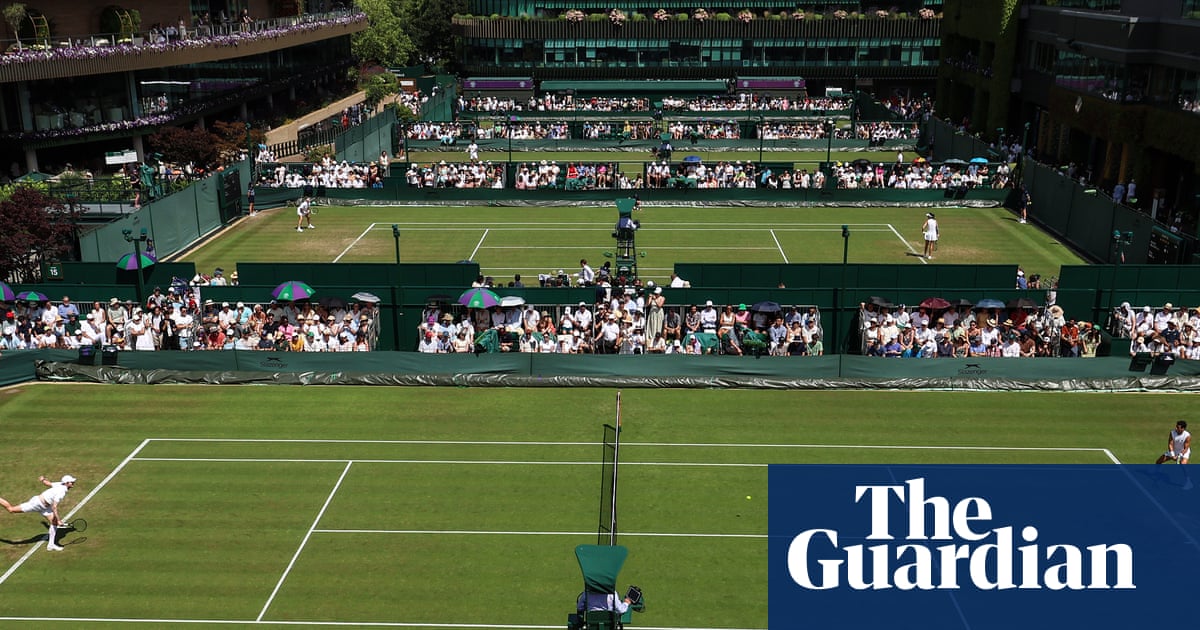A special chemical is being used atWimbledonto make “water wetter” to try to reduce water bills and tackle rising temperatures.
As the championship welcomed rain on Wednesday after opening with scorching temperatures, Neil Stubley, Wimbledon’s head of courts and horticulture, said the championship uses a soil spray to adjust the amount of water a plant root system can absorb.
“It sounds a weird term but it makes water wetter,” Stubley said.
“The surface tension of a water molecule, a plant root system, at a certain point, can’t penetrate it as the moisture gets smaller, because the surface tension is more. We can adjust that so that actually a plant root can tap into that water.”
On Wednesday, tennis fans poured into Wimbledon under light rain after thehottest start to Wimbledon on recordas temperatures soared to 32C on Monday and 34.2C on Tuesday.
The high temperatures meant extra water was needed to avoid the rapid drying of courts, which could lead to cracks.
But with cooler temperatures expected to come, Stubley anticipates a “routine championship” will follow.
Being reactive and adaptive to Britain’s temperamental weather is a familiar role for Stubley and the team of 20 full-time grounds staff, who have 250 championships’ worth of experience between them.
To keep a delicate balance between the whims of mother nature and conditions required for elite tennis, data is collected each day, including considerations of the ball’s rebound, soil firmness and moisture content, to determine how the courts are managed in the evening. By morning, mowers are set and the grass is tailored to a precise 8mm.
While irrigation is the key to controlling how the surface is played, it is just one of many considerations Stubley and his team take into account. In addition to water conservation, they have also looked over the years toward more “drought tolerant” plants.
“We actually made a conscious effort that the hydrangeas – and those types of flowers we’ve used historically here that actually do need a lot of water to survive – if you look at the grounds over the last 10 to 15 years, although they’re still in areas, there’s a lot less of them,” he said.
“We’re now selecting grasses that are more wear-tolerant, more drought-tolerant grasses that we can use in the UK that have been used elsewhere.”
Compared with other sports, namely those using winter or full pitches, the amount of water used throughout the summer championship will be less, he said.
“It’s a living surface, the environment will always have an impact on how it plays,” said Stubley. “It’s just being reactive and making sure you adapt.”
